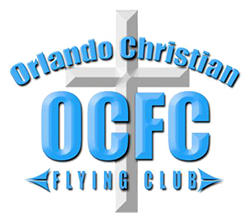The news that affected flight schools
Flight schools found themselves caught between a rock and a hard place in 2018. The pilot shortage kept flight schools busy with new pilots and certificated pilots returning to the skies. Then, as soon as flight instructors reached a certain number of hours they were likely to decamp to the airlines—continuing a trend seen in 2017 that affects almost all segments of the aviation industry. Increased demand for practical tests created scheduling delays for designated pilot examiners (DPEs)—and the FAA stepped up. The agency removed geographic restrictions limiting where DPEs can render their services, and it got rid of a policy prohibiting examiners from giving more than two tests in a day.
Pilots across the spectrum saw regulatory changes that should make training less expensive. In April, the FAA discontinued the requirement that applicants for a commercial pilot certificate with an airplane single engine rating or a flight instructor certificate with an airplane single engine rating provide a complex airplane for their practical tests. That’s a boon to clients’ budgets—but will flight schools now be saddled with complex aircraft they no longer need?
Meanwhile, instrument-rated pilots who use approved aviation training devices to satisfy flight experience requirements now can enjoy up to six months of currency rather than two. And sport pilots now can credit their flight experience toward higher certificates and ratings. At year’s end, the FAA was considering allowing the use of experimental light sport aircraft in flight training for compensation or hire. Comments closed Nov. 23.
Congress tried to institute privatization for the air traffic control system, but was ultimately unsuccessful, and the FAA received a long-term budget for the first time in years.
© 2018 Aircraft Owners and Pilots Association
421 Aviation Way Frederick, MD 21701
